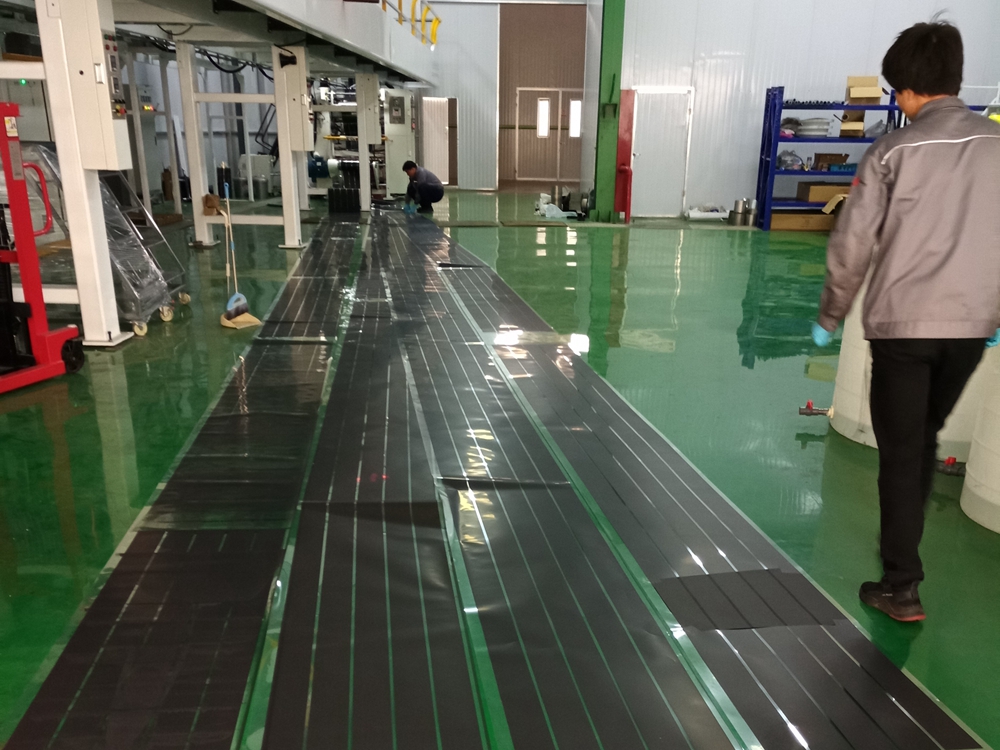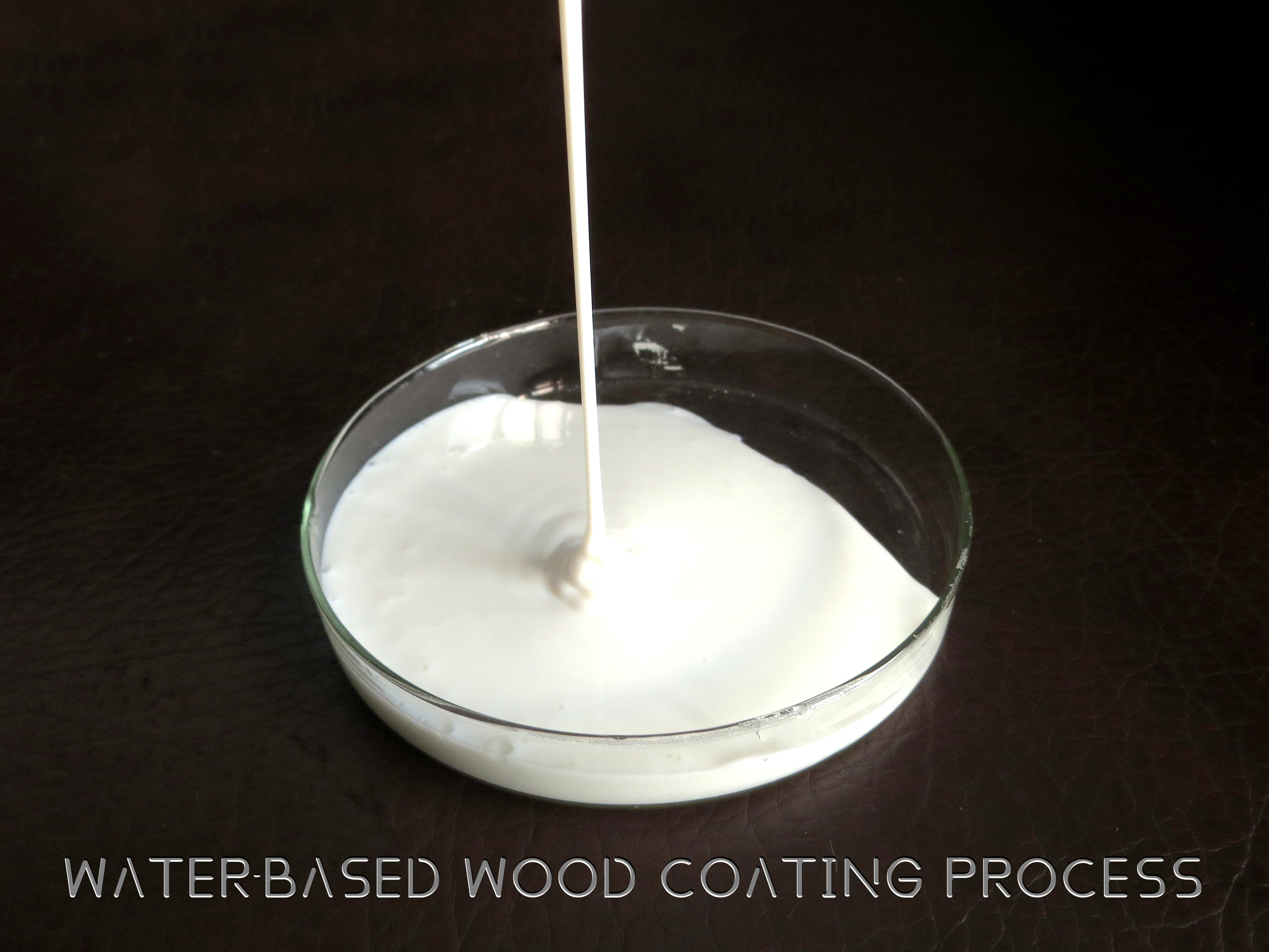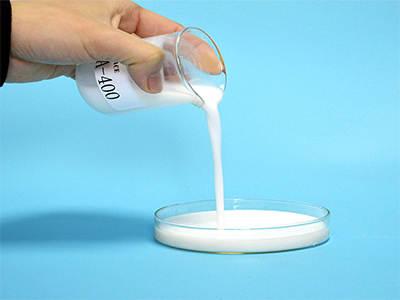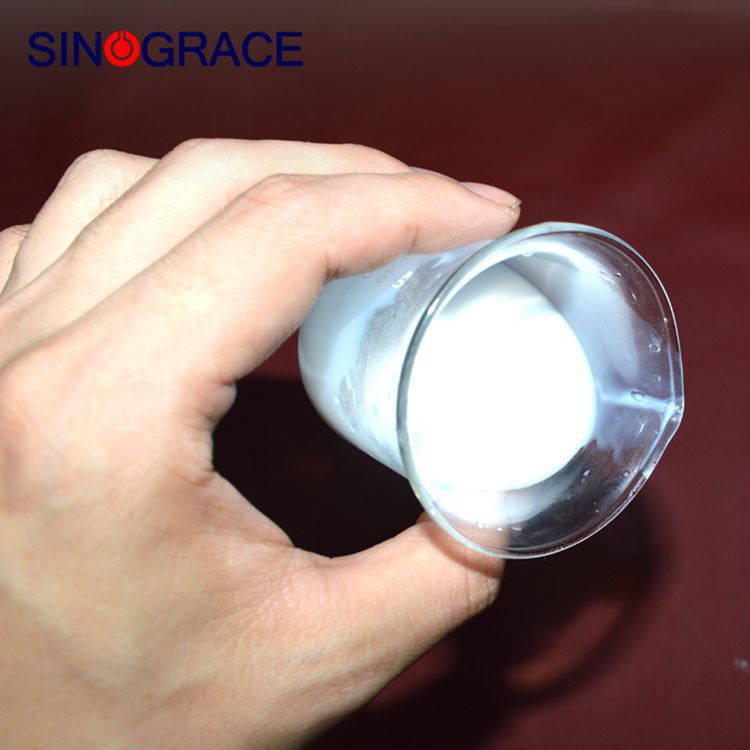UV plate digital jet painting on glass, ceramics, PMMA applications
UV plate digital jet painting on glass, ceramics, PMMA applications UV flat-panel digital painting print developing rapidly in recent years. According to the statistics of international authoritative consulting institutions, the annual growth rate of UV wide-format printing in the Chinese market is around 84%. Especially on hard substrates such as glass, ceramics, acrylic, etc., UV flatbed digital inkjet printing has shown great advantages over digital inkjet printers using solvent-based inkjet. However, UV flat-panel digital painting printer in glass, ceramics, acrylic on the further development and some problems need to solve. (1)UV plate digital inkjet market growth UV platform comprehensive UV curing ink print machine with the advantages of the two aspects of digital jet printing technology, represents the development trend of digital jet printing technology, is the key of the print at home and abroad vendors would product development platform of UV spray machine's work efficiency and printing quality is very high, can in a variety of material surface color printing, not only can printing soft material, but also to develop in the direction of diversification, such as in a glass on the wood floor ceiling materials such as ceramics can be printed out beautiful patterns .in 2005, the international authoritative advisory body had predicted,From 2005 to 2010, the average growth rate of UV wide-format inkjet printers around the world reached 68%, among which the Asian growth rate reached 73%. This year, China, which has occupied 50.5% of the Asian market share, will reach the highest average growth rate of 84% UV plate digital inkjet market growth. (2)Market positioning of UV flatbed digital inkjet The success of UV flatbed digital inkjet printing lies in its accurate positioning. In the fierce competition the printing market, competitors of UV flatbed digital inkjet mainly come from two aspects. On the one hand, solvent-based digital inkjet printing will continue to be a huge competitor for UV flat-panel digital inkjet printing because of the low price of printing machinery and consumables. The survey results show that, despite the decline, the market share of solvent-based wide-format inkjet printers is 33.6%, which is three times that of the UV-jet wide-format inkjet printer market share of 11.7%. There is no clear advantage in soft materials and other absorbable hard substrates UV-curable inks, while digital inkjet devices using (3)solvent-based inks will maintain their current advantages. Screen printing is another competitor of UV flatbed digital inkjet. Unlike digital inkjet printing using solvent-based inks, screen printing can be used for printing a variety of soft and hard materials. However, due to the high cost of plate making, etc., screen printing is only suitable for medium and long version of job printing. UV plate digital inkjet printing complements the traditional screen printing process, not only for small print jobs, ...
read more

 English
English français
français русский
русский español
español العربية
العربية








